Ever since the advent of cricket, it is found titled towards the batters. The history of Cricket also recognizes the game as a batsman’s game. However, the reasons for that had a social aspect associated with it. Thriving in Cricket as a bowler takes some beating. Nevertheless, bowlers have managed to figure a way out of their predicament. Bowlers bowl with varieties in bowling in order to get the better of the batter. To deceive the batsman, a bowler bowls different kinds of deliveries. This article will look at different types of bowling in cricket.
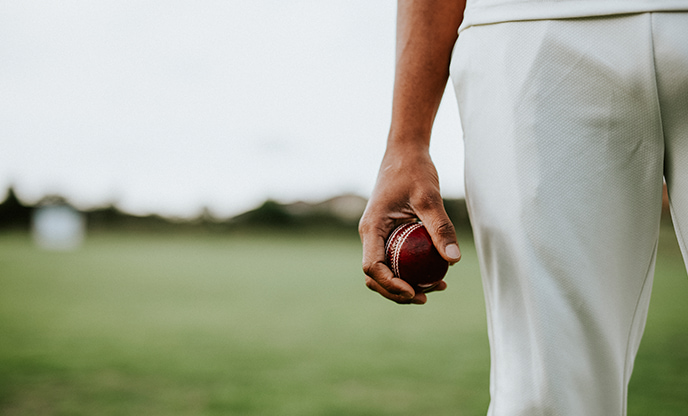
Broadly, bowling in cricket can classified in two types – Fast bowling and Spin bowling. However, these can be further subdivided as follows:
| S. No. | Type of Bowling | Variations |
| 1 | Fast Bowling | Bouncer Inswinger Outswinger Reverse Swing Leg and Off Cutter Yorker Knuckle Ball |
| 2 | Spin Bowling (Leg Spin and Off Spin) | Googly (Leg Spin) Doosra (Off Spin) Top Spin (Leg and Off Spin) Carrom Ball (Off Spin) Flipper / Slider (Leg Spin) Arm Ball (Off Spin) |
Fast Bowling
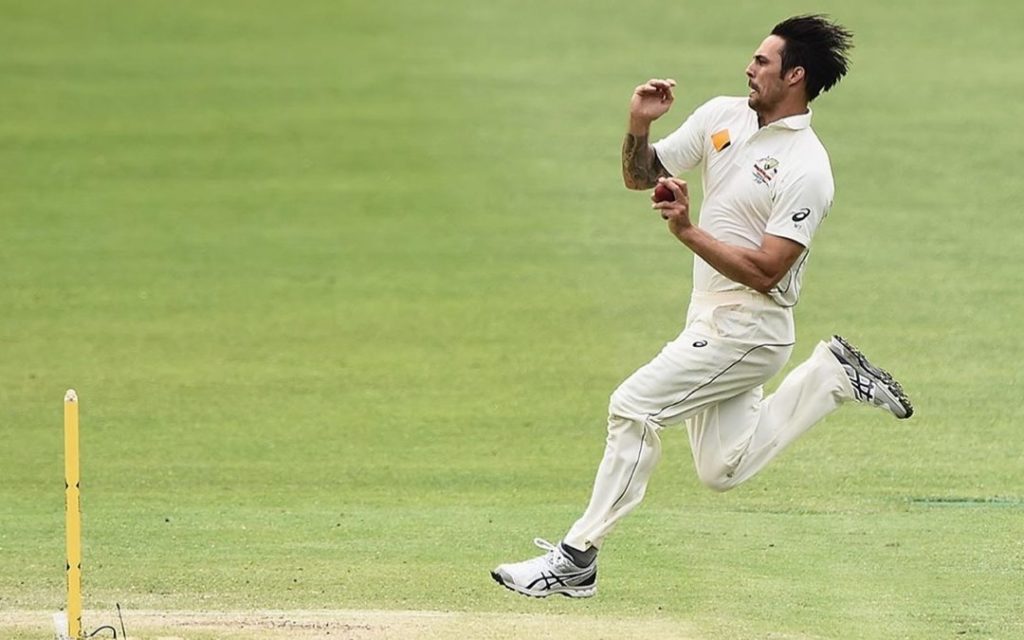
One of the two types of Bowling in cricket. There used to be a time when good length deliveries with vicious swing and bounce were the heart and soul of a fast bowler. The Caribbean were known and even feared for their lethal fast bowling attack. But with the introduction of T20 Cricket, small boundaries, and thicker bats, pace bowlers have had to boost their arsenals with several new weapons. Yorkers and slower balls have become an indispensable part of pacers nowadays. Let’s go through the subdivisions of fast bowling in cricket one by one:
Bouncer
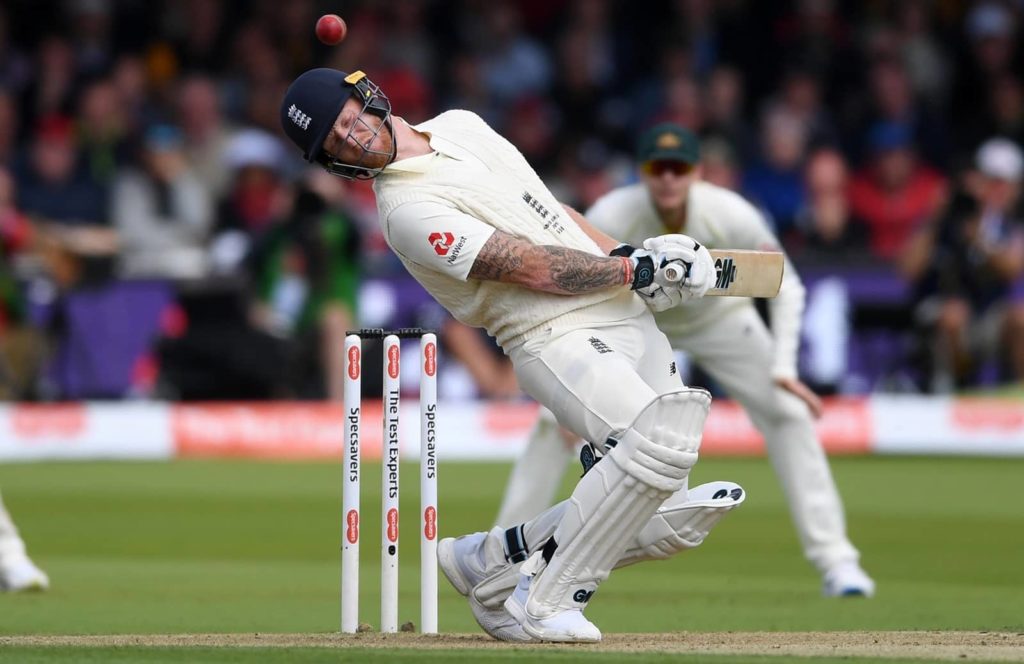
One of the most lethal deliveries in cricket, Bouncer is synonymous to fast bowling. It is the ball that is pitched short in length and is directed at head-height. A well-directed bouncer can do more than just tremble the batsman. Due to its jeopardous nature, the rules regarding the Bouncer have been changed many times. As of now, a bowler is allowed to bowl two bouncers per over in ODIs and one in T20s. English bowlers infamously used this bowling technique during the 1932-33 Ashes, which later came to be known as the Bodyline Series, to get Sir Don Bradman out. The unfortunate death of Phil Hughes at the age of 25 caused even more concerns about bouncers in modern-day Cricket. However, it continues to play a crucial role in both tests and limited-overs cricket.
Inswinger
An inswinger is the ball that comes in after pitching on good length. Inswingers are one of the hardest deliveries to master. Bowler holds the seam of the ball with the index finger. The middle finger is to be slightly out of the ball. The seam position is towards fine leg while releasing the ball. The swing is mostly done from the outside of the crease. There are high chances of the batsman being bowled and LBW with this ball. Bhuvneshwar Kumar is currently one of the finest inswing bowlers because of the angle he creates with his action.
Outswinger
An outswinger is regarded as the perfect setup for a right-handed batter in test cricket. The ball is pitched at good length on around fourth stump and moves outwards. The slip fielder waits for even the faintest of edges, this sounds like a dream scenario for any swing bowler. A batter can drive an outswinger beautifully while a bowler always have a chance of getting the edge. An outswinger is a treat for eyes in either ways. Outswingers force the batsman to chase the ball and even many technically sound batters have fallen in this trap.
Reverse Swing
As long as the ball is new it is easy for bowlers with technique to inswing and outswing. But as the ball gets old, it becomes fairly difficult for seamers to swing. After the ball loses its luster, its upper surface becomes rough, which makes it difficult for the ball to swing. The beauty of reverse swing is that it is done with a ball that is 20-30 overs old. As the name suggests, fast bowlers make the ball out-swing by in-swing action and in-swing by out-swing action. That is, the batsman does not know in which direction the ball is going to swing.
Also Read: How cricket balls swing?
Off and Leg Cutter
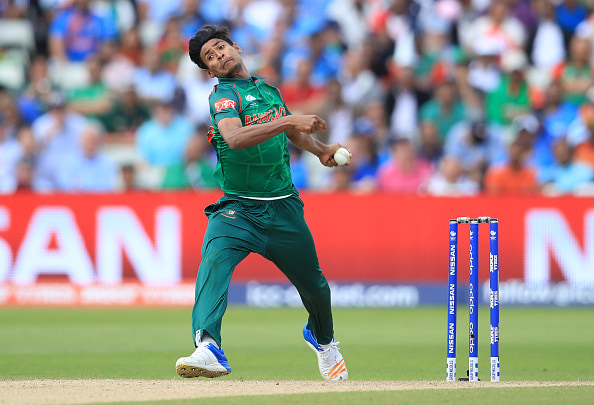
A well bowled off cutter is the equivalent of facing a fast off spinner. However, it is a variation of pace-bowling. The ball travels from the batsman’s off side to the leg side, causing the ball to spin when the fingers are released. It also means the ball is released less quickly, so it’s a great way to bowl a slower ball. The best place for an off cutter to hit the pitch is on or outside the right-handed batsman’s off-stump. Leg cutters, on the other hand, are simply slower deliveries bowled with fingers rolled over to the leg side in order to generate the spin.
Yorker
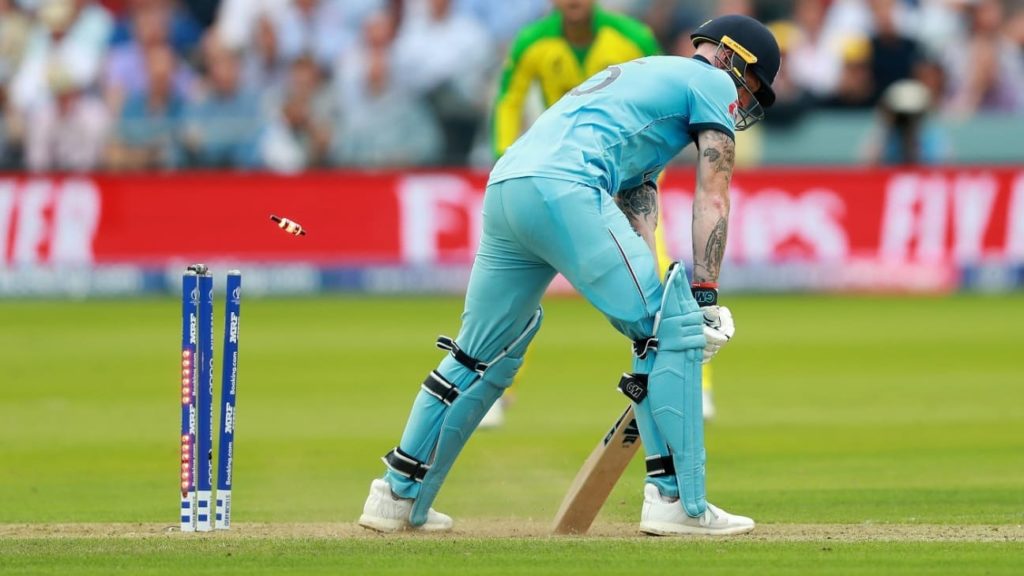
With the least margin of error, Yorkers are most arduous ball to master. It is believed to have commenced from the mid 1990s, when the white ball cricket flourished. A yorker is a ball that dips right in front of the batsman’s stance. The ball is as difficult for the batsmen to play as it is for the bowlers to bowl. It is highly likely that if a batter misses it, he’ll get bowled. However, if a bowler misses it, he might be sent for soaring sixes.
Knuckle Ball
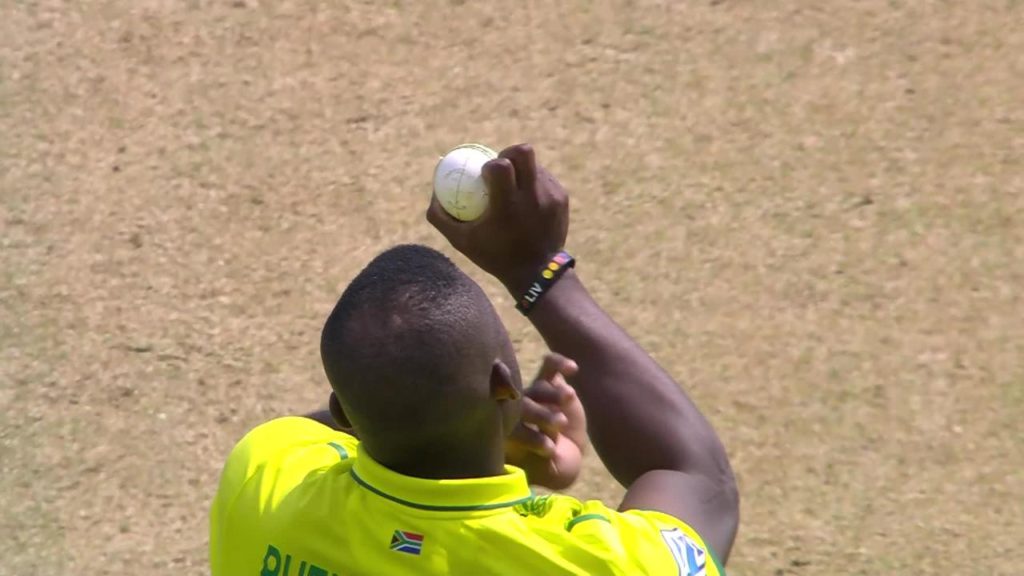
The speed of Knuckle ball is slightly less than the normal speed, which is also helps in deceiving the batsman. It is bowled bowled with the back of the hand. The special thing about this delivery is that this ball does not appear to be spinning in the air. The spin is removed from this ball and the ball goes straight in only one direction without movement, although the ball swings in the air in such a way that the batsman does not know where the ball will pitch. Also after pitching, this ball can move in any direction given the pressure of the air and the thrust of the bowler. It is very difficult for the batsmen to make shot selection on this ball.
Spin Bowling
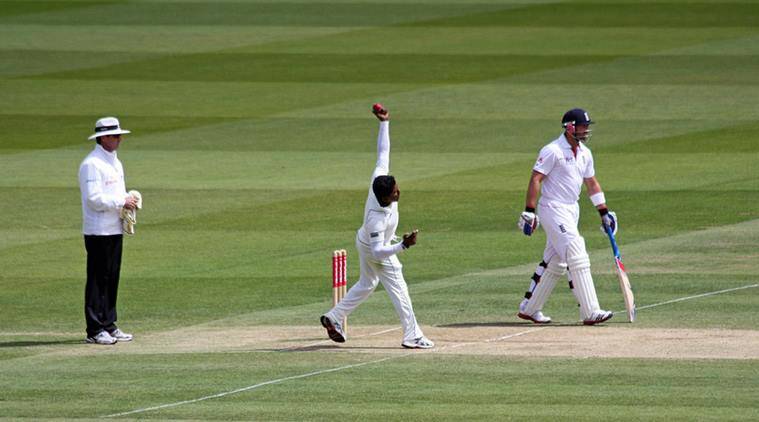
The second of the two types of bowling in cricket is Spin Bowling. Spin bowling is mainly bifurcated into off spin and leg spin. The off-spinner’s balls go inwards for a right-handed batsman and outward for a left-handed batsman. The middle finger is used for off spin bowling. Leg spin is done with the support of the wrist and in this the ball goes in for the left-handed batsman and out for the right-handed batsman
Also Read: Top Five bowlers with Most Dot Balls bowled in IPL history
Googly (Leg Spin)
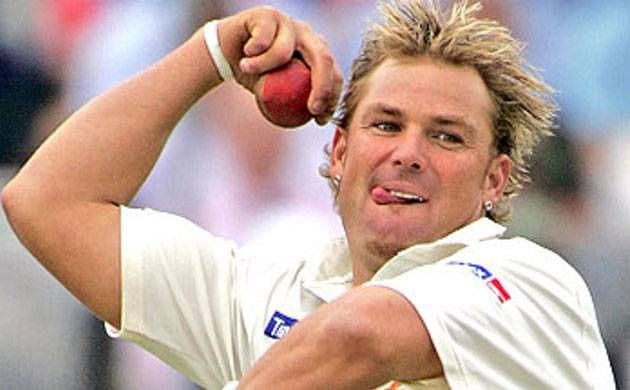
The most renowned weapon of a leg spinner, Googly, is also called wrong’un. Even though normal balls of a leg spinner spin towards the off side, the googly spins in the opposite direction. It more or less looks like leg spin, but the artistry of the bowler is beheld while releasing the ball. The ball is placed in the palm in such a way that its seam rests on the third finger. Just before release, pressure is applied on the ball with the third and fourth fingers and the wrist is rotated from right to left. If a batter fails to read googly from the hand, his innings may come to an end.
Doosra (Off Spin)
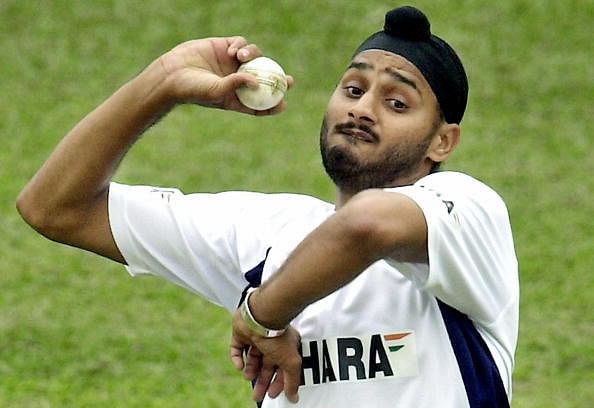
An Off spinner’s wrong’un. It is for off spinner what googly is for a leggie. The ball is held between the forefinger and ring finger and the back of the hand should be in line with the batsman while releasing the ball. It is believed that it was brought to light by Saqlain Mushtaq. Muttiah Muralitharan, Harbhajan Singh and Saeed Ajmal have also mastered it.
Top Spin (Leg and Off Spin)
Bowled by both leg and off-spinner, a top spinner is a loopy delivery. However, this ball is not bowled much. This is bowled by releasing the ball over the top of the fingers and is dropped a little shorter of the pitch. The off-spinner throws it with the bar of the first finger, while the leg-spinner throws it with the help of the third finger. This delivery tends to spin in the air towards the bat and with top spin generated the topspin generated, it dips a little faster and bounces higher than expected.
Also Read: Surprising! Top 10 Greatest All rounders of all time.
Carrom Ball (Off Spin)
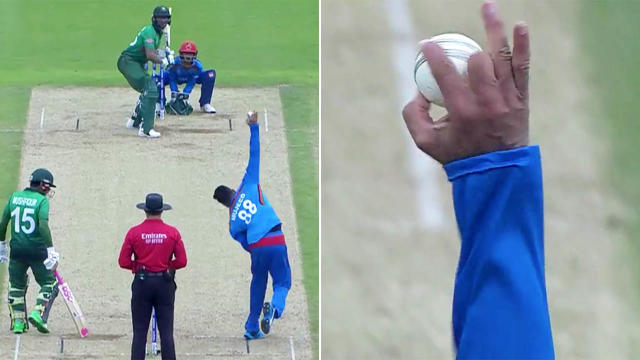
Former Sri Lankan spinner Ajantha Mendis much-publicized the ‘carrom ball’ in the early stages of his career. To bowl this, the ball is to be caught between the thumb, forefinger and middle finger. Instead of releasing the ball as usual, the bowler flicks it like a carrom striker. However, the spin of the ball depends on the fact that how the ball is held. Ravichandran Ashwin‘s carrom ball bowled to Hashim Amla was one heck of a ball.
Slider/Flipper (Leg Spin)
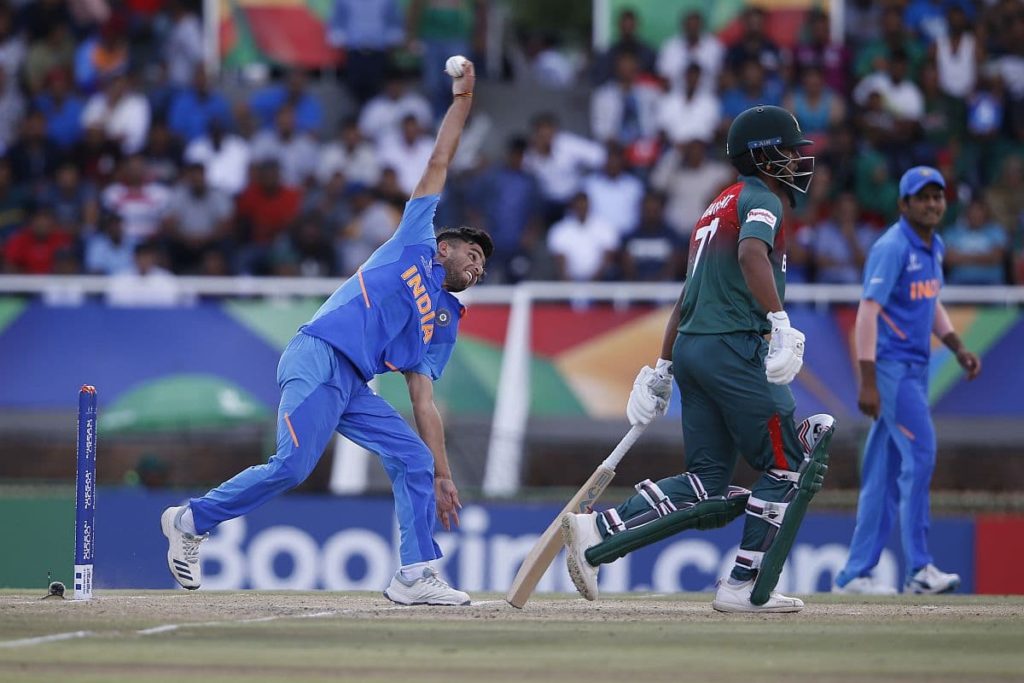
Flipper is somewhat the opposite of Top Spin. The flipper is bowled in the same way as an ordinary leg spin, but it bounces much less. The ball is pressed between the thumb and the first two fingers and the joint of the seam is kept across. While releasing the ball the thumb flicks the ball forward so that it remains straight and low. For instance, the ball that Legendary Kangaroo spinner Shane Warne bowled to to Alec Stuart in 1994.
Arm Ball (Off Spin)
The arm ball is used by off spinners or slow left arm bowlers. The arm ball is considered the equivalent of a slider for wrist bowlers. While releasing the ball, the back part of it is rolled so that it goes straight. On most occasions, it is bowled with a slightly greater speed so that the ball does not stand a chance to spin.
This is all about the types and variations of bowling in cricket.

